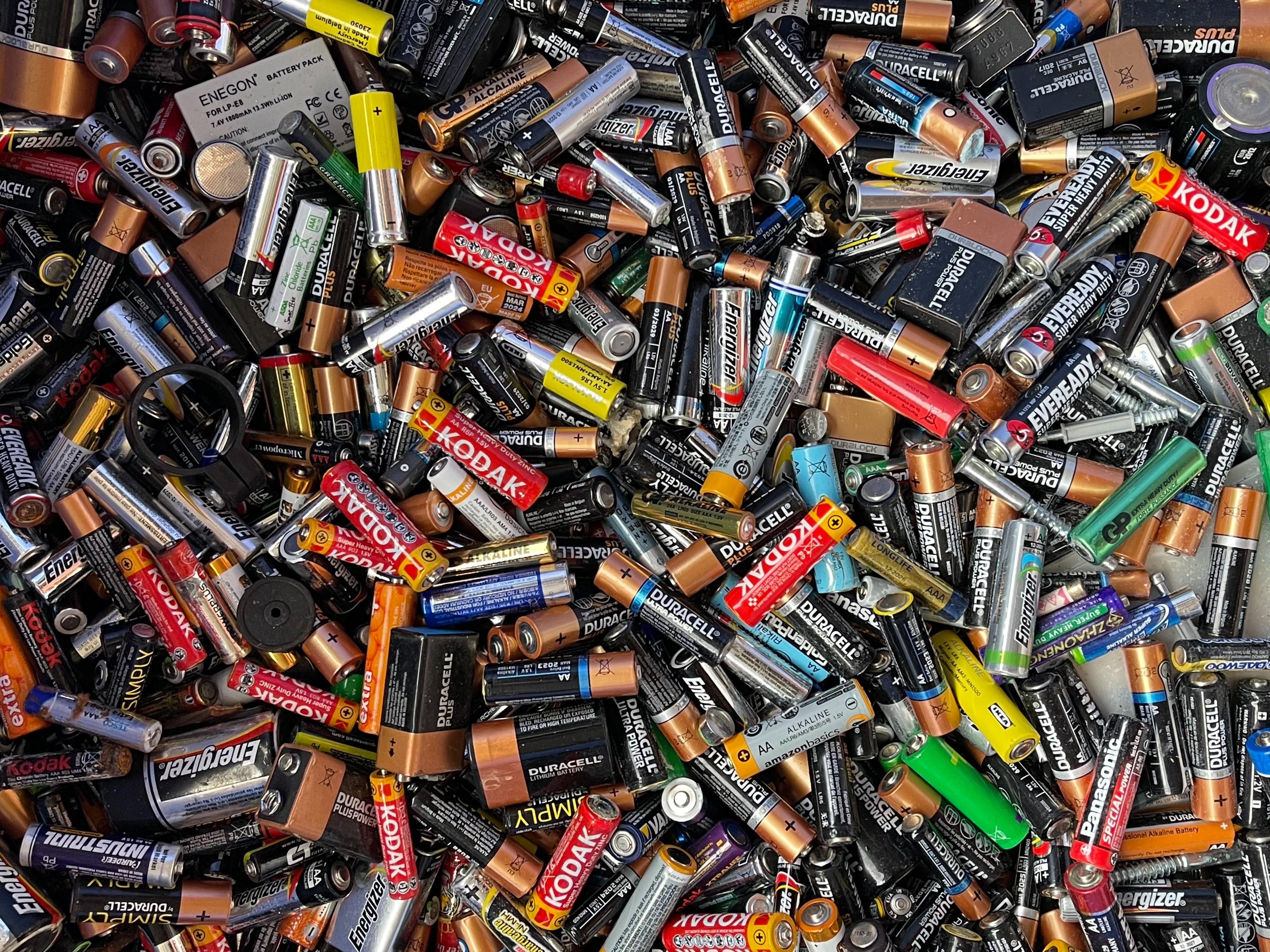The next clean energy source? Snow.

Photo credit: Bryce Evans on Unsplash
- UCLA scientists have invented a cheap, flexible, and simple device called snow-TENG that generates electricity when it comes into contact with snow.
- Scientists have known that snow carries an electrical charge for several decades, but this device is one of the first to capitalize on that effect.
- The researchers believe that snow-TENG could be used in movement-tracking applications or as a simple weather station that requires no battery to operate.
The amount of effort that we spend digging up ancient plankton is starting to get more and more ridiculous. There’s energy all around us that we can easily collect from the sun, wind, rivers, waves — and now from snow, too. Indeed, Maher El-Kady and Richard Kaner, two scientists from UCLA, recently published a paper in Nano Energy describing how they were able to construct a cheap, flexible, simple device — they call it the “snow-TENG” — that can generate electricity from falling snow.

snow-TENG is shown attached to the sole of a boot. In this use case, an individual walking across a snowy field could generate electricity for wearable devices or use snow-TENG to count their steps.
Abdelsalam Ahmed/UCLA
How does it work?
H2O is a polar molecule, meaning that one of its sides is negatively charged (specifically, the side with the oxygen atom) and the other is positively charged (the side with the two hydrogen atoms). When water molecules crystalize into snowflakes, they orient themselves such that the snowflake gets an overall charge. Friction, too, can confer an electrical charge to snowflakes.
The exact nature of the charge depends on the temperature: between −5°C and −10°C the charge tends to be positive, and between −15°C and −20°C the charge tends to be negative.
“Snow is already charged,” said El-Kady in a UCLA statement, “so we thought, why not bring another material with the opposite charge and extract the charge to create electricity?” Materials like this are called triboelectric nanogenerators (or TENGs), named after the triboelectric effect, in which a material picks up the charge of another material through contact. For example, rubbing your hair on a balloon strips electrons off of your hair and onto the balloon, causing your positively charged hair to reach out towards the now-negatively charged balloon in pursuit of its stolen electrons — also known as static electricity.
“After testing a large number of materials including aluminum foils and Teflon, we found that silicone produces more charge than any other material,” said El-Kady.
What can it be used for?
There are a significant number of potential applications for a device like this. It could, for instance, be attached to solar panels to provide energy when the sun is blocked by a snowstorm. It could be used to track the performance of cold-weather athletes, power small wearable devices, or a portable weather station. In addition, it could be coming to a neighborhood near you. “We believe our materials can be painted onto buildings to create electricity, and also provide protection against water and humidity,” El-Kady told Popular Science.
One of the more impressive uses for snow-TENG is, of course, as a battery-free weather station. When particles of snow strike the device, it generates a variety of electrical signals that can be interpreted to determine the wind speed and direction in a snowstorm as well as the snowfall rate and accumulation.
Snow way
During the wintertime, up to a third of the planet becomes covered in snow, making devices like snow-TENG much more practical than they may initially sound. But, of course, one has to wonder how practical such a device will be in a future dominated by climate change. However, while many places will see less snow, climate change may actual increase snow fall in others, particularly in colder climates.
While free energy is always nice, it’s important to stress that the snow-TENG is more of a proof of concept than a revolutionizing piece of new tech. During their tests, El-Kady and Kaner found that the device could output 0.2 milliwatts per square meter. As a comparison, a solar panel that’s exactly one square meter could generate around 150 to 200 watts in good sunlight.
However, the device already works as a self-powered sensor of movement and weather, and the technology can likely be improved to generate more electricity. All told, snow-TENG demonstrates how much energy there is hiding in the background of our everyday environment.





